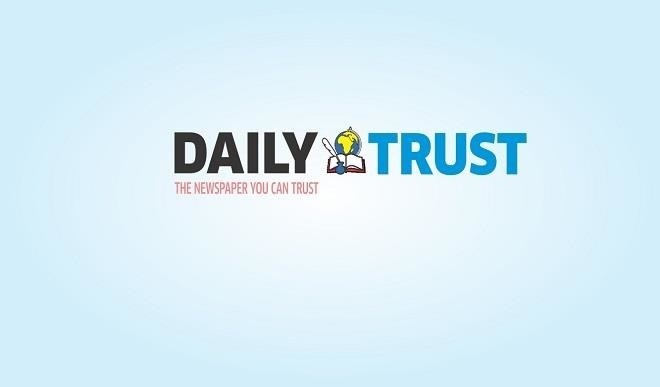Journalism under assault
Assault on Journalism is a 381 page book, which is edited by Ulla Carlsson and Reeta Poyhtari. It is published by Nordicom publication at the University of Gothenburg in Sweden and presented at the 2017 conference on World Press Freedom day. The book is segmented into different chapters with each containing contributions of authors from […]


Assault on Journalism is a 381 page book, which is edited by Ulla Carlsson and Reeta Poyhtari. It is published by Nordicom publication at the University of Gothenburg in Sweden and presented at the 2017 conference on World Press Freedom day.
The book is segmented into different chapters with each containing contributions of authors from different parts of the world all in relation to the subject matter.
Ulla Carlsson is a Professor at the University of Gothenburg in the department of journalism, media and communication and also UNESCO 2
The rationale behind the book is to explain and draw the attention of the world to how knowledge is significant in understanding freedom of expression which is seen as is a base ‘for all other democratic freedoms’.
It also seeks to unveil the problems and challenges faced by the profession for action to be taken by the international community as well as individual journalists.
The first part of the book which contains ‘key articles’ gives a complete landscape of journalism practice both in classical and contemporary times as well as why journalism has become a bone of contention in the today’s world.
In addition, the role of the United Nations, right from its inception in 1945 to 2016, regarding safety of journalists is cross-examined. Furthermore, the issue of gender experiences, male and female, in reporting conflicts is highlighted together with the type of approach used in journalism.
The second part ‘way forward’ explicitly gives instances of problems faced by journalists around the world particularly in countries which happen to have the worst cases of assaults. Countries which include Nigeria, Afghanistan, Pakistan among others that have passed through terrorist activities are examined in form of research papers by scholars and experts in order to unveil the distinctiveness of the challenges faced by journalists. Authors of these articles have made taken huge steps in proving recommendations that will help to improve the conditions of journalism in such countries.
In its third part titled as stated in its organisation contains two parts which portray revised papers presented at three distinct sessions of the conference. They are threats and violence against journalists and its effects and protection of journalists and sources while the last and 4th part of the book has statistics which will help readers have a clear picture of the entire scenario including a paper presented in 2016 by the UN director general.
Overall, these articles try to hold the reader’s mind to the entire book by acting as building blocks. The role of United Nations is carefully executed. Moreover, the total picture that these articles give will satisfy individuals from different disciplines who would want to understand key concepts in journalism. But most importantly, the collection of these articles will without any doubt immensely increase the level of knowledge of journalists and add significantly to knowledge of the field as a whole.
It will equally help to reduce the challenges faced by journalist in times of conflict particularly, where issues like censorship arise as well as in normal times when they face difficulties in sticking to code of ethics.
In addition, it is rich in data for instance ‘In 2016, the Director-General of the United Nations Educational, Scientific and Cultural Organization (UNESCO), Irina Bokova, condemned the killing of 101 journalists, media workers and social media producers who were engaged in journalistic activities (UNESCO 2017)’.
The book also has fulfilled its purpose of ‘building knowledge to protect freedom of expression’ by discussing extensively the importance of freedom of expression, why it is attacked and the advantage of protecting journalists particularly citizen journalist.
The book is presented logically from its introduction to its conclusion and great work presented by Ulla Carlsson and Reeta Poyhtari and as well, a great combination of communication experts with in-depth knowledge of the field. It is worth reading.
